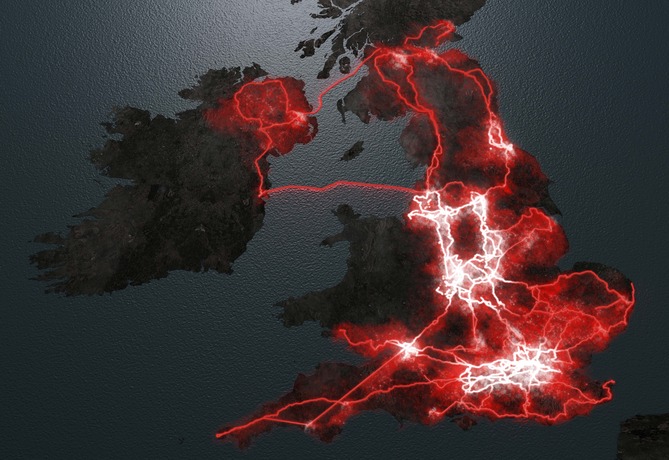Ofcom – Get Ready, The UK Is Going Superfast

Superfast broadband and 4G networks now available to more customers across the country, Ofcom report claims
Ofcom’s latest nationwide report has revealed that the UK is making strong strides towards becoming a better-connected country.
The watchdog’s Connected Nations 2015 report, which monitors the state of the UK’s telecoms and wireless networks, has said that there has been “good progress” made on the availability and take-up of communications services, with more than a quarter of homes (27 percent) are connected to ‘superfast’ broadband.
This means that 7.5 million homes across the UK now have a connection of 30 Mbps or more, up from one in five (21 percent, or around six million homes) a year earlier, with ‘ultrafast’ broadband, which Ofcom defines as a speed greater than 300Mbps, is available to two percent of properties – some 500,000 homes.
Connected
 Overall, the report found that superfast broadband is now available to over eight in ten UK homes (83 percent, almost 24 million), up from 75 percent last year, as network providers accelerate their roll-out and the Government’s on-going Broadband Delivery UK (BDUK) programme extends into areas not covered by the commercial market.
Overall, the report found that superfast broadband is now available to over eight in ten UK homes (83 percent, almost 24 million), up from 75 percent last year, as network providers accelerate their roll-out and the Government’s on-going Broadband Delivery UK (BDUK) programme extends into areas not covered by the commercial market.
Broadband in rural areas also continues to improve, with superfast broadband now available to almost four in ten premises across the UK (37 percent, or 1.1 million).
However, Ofcom says that there is still some room for improvement, particularly in improving broadband and mobile availability and quality of service for consumers and businesses around the country.
This is especially true for rural areas, where around half (48 percent, or 1.5 million) of homes are currently unable to receive broadband speeds of 10 Mbps or above, compared to around 8 percent of urban UK homes.
As for businesses, the report found that almost seven-in-ten small and medium sized enterprises or SMEs (68 percent, almost 900,000) are now able to access superfast networks – up from 56 percent in 2014.
However, almost half of such businesses (around 130,000) in more crowded areas such as business parks are unable to receive speeds above 10Mbps, and Ofcom estimates that by 2017, when 95 percent of all UK premises will be equipped with superfast broadband, around 18 percent of SMEs will still not have access to a superfast service.
Going mobile
 The overall picture is similarly strong for 4G mobile networks, as Ofcom found that more than seven in ten premises (73 percent) across the UK is able receive a 4G signal from three of the four networks, up from 44 percent last year, as operators continue to roll out faster mobile broadband.
The overall picture is similarly strong for 4G mobile networks, as Ofcom found that more than seven in ten premises (73 percent) across the UK is able receive a 4G signal from three of the four networks, up from 44 percent last year, as operators continue to roll out faster mobile broadband.
Four in ten (46 percent) have 4G coverage from all four major operators, a figure that Ofcom says will rise significantly in the coming year, as network providers look to reach its target of 98 percent of premises being able to receive a 4G signal indoors by 2017.
However, the watchdog has warned that there is still work to be done on improving mobile coverage and quality of service, as only 55 percent of the entire UK landmass is able to receive a signal from all four operators.
Ofcom says it expects this figure to rise following an agreement between the Government and all major operators for them to achieve 90 percent geographic coverage of voice services by 2017.
“Mobile and broadband have become the fourth essential service, alongside gas, electricity and water,” said Ofcom chief executive Sharon White.
“There’s been a technological revolution over recent years, with 4G mobile and superfast continuing to extend across the country.
“Our challenge is to keep supporting competition and innovation, while also helping to improve coverage across the country – particularly in hard-to-reach areas, where mobile and home internet services need to improve.”
How much do you know about UK mobile operators? Try our quiz!